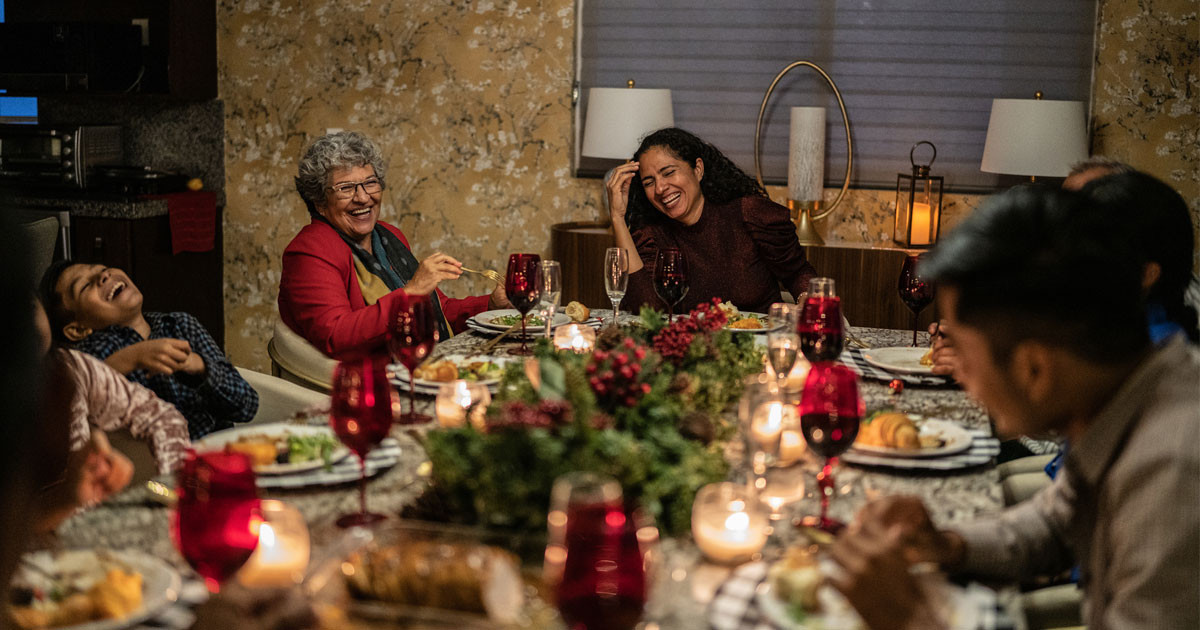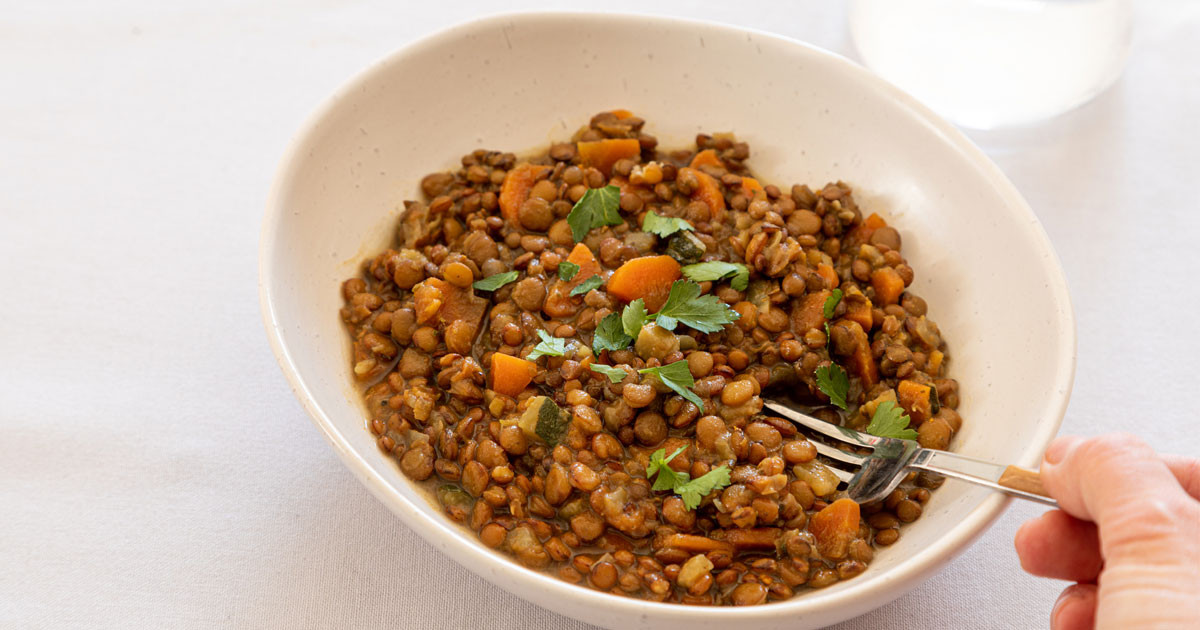Are you curious about how Mexico celebrates New Year’s Eve? Mexico’s New Year’s Eve, or Nochevieja, is a vibrant tapestry of traditions blending indigenous customs with Spanish influences, offering a unique and unforgettable experience for everyone, including the LGBTQ+ community. At gaymexico.net, we provide insights into these celebrations and how you can experience them safely and authentically, creating cherished memories. Explore Mexican New Year traditions and discover LGBTQ+ friendly celebrations.
Table of Contents
- Popular Mexican New Year’s Eve Traditions
- Eating Grapes at Midnight: A Sweet Start
- Hosting a Large Meal: A Culinary Fiesta
- Wearing Colored Underwear: A Colorful Custom
- Walking With an Empty Suitcase: A Traveler’s Tradition
- Cleaning the House: Cleansing and Renewal
- Eating Lentils: A Symbol of Prosperity
- Drinking Champagne With a Gold Ring: Toasting to Love
- Wishing Your Loved Ones Well: Spreading Joy
- Shooting Off Fireworks: A Dazzling Display
- Gifting an Abundance Lamb: An Ancient Custom
- Throwing Money Out of Your House: A Wealth Ritual
- Making a New Year’s Resolution: Personal Growth
- What Happens After New Year’s Eve?
- LGBTQ+ New Year’s Eve Celebrations in Mexico
- Safety Tips for LGBTQ+ Travelers During New Year’s Eve
- How Can gaymexico.net Help You Celebrate New Year’s Eve in Mexico?
- FAQs About New Year’s Eve in Mexico
1. Popular Mexican New Year’s Eve Traditions
What are some popular Mexican New Year’s Eve traditions? Mexican New Year’s Eve traditions are rich and varied, blending indigenous customs with Spanish influences. Keep in mind that Mexico is a diverse country, and traditions can vary significantly from region to region and even from family to family. Celebrations in a bustling metropolis like Mexico City will differ greatly from those in a quaint town in Baja California. Many of the Mexican New Year traditions are similar to those in the United States but with a Latin flare.
Here are some examples of popular traditions:
- Eating twelve grapes at midnight
- Hosting a large meal
- Wearing colored underwear
- Walking with an empty suitcase
- Cleaning the house
- Eating lentils
- Drinking champagne with a gold ring
Let’s explore each of these traditions in more detail.
2. Eating Grapes at Midnight: A Sweet Start
Why do Mexicans eat grapes at midnight on New Year’s Eve? Eating twelve grapes at midnight is a widespread tradition symbolizing good luck for each month of the coming year. As the clock strikes midnight, Mexicans eat one grape with each chime, making a wish for each month.
Some people believe that the first person to finish their grapes will have good luck throughout the year. Others interpret the sweetness or sourness of each grape as a predictor of how the corresponding month will be. This tradition emphasizes hope, wishes, and starting the year on a positive note.
3. Hosting a Large Meal: A Culinary Fiesta
What kind of foods are typically served during a Mexican New Year’s Eve dinner? Hosting a large meal is a central part of Mexican New Year’s Eve celebrations, emphasizing togetherness and culinary delights. A variety of dishes are prepared, with bacalao (dried and salted codfish) being one of the most iconic.
 New Year Celebration Mexico style
New Year Celebration Mexico style
Bacalao is often cooked with tomatoes, capers, and olives, creating a flavorful and festive dish. In Oaxaca, families enjoy buñuelos, sweet fritters dusted with powdered sugar and syrup. These round desserts have Aztec origins, representing the sun and bringing good fortune for the year ahead. Other popular dishes include pozole, tamales, Ensalada de Noche Buena, mole sauce, and stuffed pork loin.
4. Wearing Colored Underwear: A Colorful Custom
What is the meaning behind wearing colored underwear on New Year’s Eve in Mexico? Wearing colored underwear is a playful and popular tradition believed to influence the kind of luck one will have in the coming year. The color of the underwear corresponds to a specific wish or desire.
- Red: Romance and love
- Yellow: Wealth and prosperity
- White: Peace and harmony
- Green: Health and well-being
- Blue: Achievement of goals
Some Mexicans wear their chosen underwear inside out on New Year’s Eve and then turn them right-side out after midnight to maximize their effectiveness. The belief that the underwear must be a gift to fully bring about the desired luck adds an element of generosity to the tradition.
5. Walking With an Empty Suitcase: A Traveler’s Tradition
Why do Mexicans walk around with an empty suitcase on New Year’s Eve? Walking around with an empty suitcase is a tradition meant to bring good luck for travel in the upcoming year. The act of walking with a suitcase symbolizes a desire for new adventures and journeys.
If walking around the streets isn’t feasible due to crowds or other reasons, some people simply place their suitcase outside their door. This tradition caters to the dream of traveling and experiencing new places in the coming year.
6. Cleaning the House: Cleansing and Renewal
What is the significance of cleaning the house before New Year’s Eve in Mexico? Cleaning the house before New Year’s Eve symbolizes renewal and the removal of negative energy from the past year. Embracing the philosophy of “out with the old, in with the new,” Mexicans sweep their homes to eliminate any lingering negativity.
Some families take this opportunity to perform renovations or fix things that have been put off. Addressing these issues is seen as a way to bring positive energy and start the new year on the right foot.
7. Eating Lentils: A Symbol of Prosperity
Why do Mexicans eat lentils on New Year’s Eve? Eating lentils is a long-standing tradition associated with prosperity and wealth in the coming year. Lentils are often linked to coins because of their similar shape.
 Lentils – Mexican New Year Tradition
Lentils – Mexican New Year Tradition
Some families include lentils as part of their New Year’s meal, while others eat them separately. In certain regions, people carry lentils in their pockets to attract good luck throughout the year. Gifting raw lentils to friends and family is another way to share this good fortune.
8. Drinking Champagne With a Gold Ring: Toasting to Love
What is the significance of drinking champagne with a gold ring on New Year’s Eve in Mexico? Drinking champagne with a gold ring is a tradition aimed at bringing good fortune in love and relationships. The gold ring symbolizes prosperity and good luck, benefiting both single individuals seeking romance and married couples wishing to strengthen their bond.
The tradition involves dropping a gold ring into a glass of champagne and drinking the entire glass before removing the ring. After finishing the champagne, it is customary to hug everyone around you, spreading the good wishes and positive energy.
9. Wishing Your Loved Ones Well: Spreading Joy
Why is wishing loved ones well so important in Mexican New Year’s Eve celebrations? Wishing loved ones well is an integral part of Mexican New Year’s Eve celebrations, reflecting the importance of relationships and community. Offering warm wishes, hugs, and kisses is a way to start the new year on a positive and affectionate note.
Mexicans often make an effort to call relatives who live far away as soon as possible to extend their New Year’s greetings. This tradition underscores the value of family and connection during this festive time.
10. Shooting Off Fireworks: A Dazzling Display
What does shooting off fireworks symbolize during Mexican New Year’s Eve celebrations? Shooting off fireworks is a vibrant and significant tradition believed to ward off unwanted spirits and bring in the new year with light and joy. The loud noises and bright lights are thought to drive away negative energy and bad omens.
Fireworks create a spectacular display that adds to the excitement and celebratory atmosphere of New Year’s Eve. This tradition combines cultural beliefs with festive entertainment.
11. Gifting an Abundance Lamb: An Ancient Custom
What is the tradition of gifting an abundance lamb? Gifting an abundance lamb is an older tradition meant to bring good fortune to the recipient in the coming year. Historically, a live lamb adorned with a red ribbon and bell would be given as a gift. The bell symbolized good fortune, while the ribbon warded off negativity.
Today, this tradition may be expressed through a lavish lamb dinner with an abundance of side dishes and treats. The focus remains on generosity and wishing prosperity to loved ones.
12. Throwing Money Out of Your House: A Wealth Ritual
Why do Mexicans throw money out of their house on New Year’s Eve? Throwing money out of the house is a unique tradition aimed at attracting wealth and prosperity in the coming year. This ritual involves throwing twelve coins out of the window or front door and then sweeping them back inside with a broom.
The act symbolizes bringing wealth into the home for each month of the coming year. This tradition is a fun and symbolic way to express hope for financial abundance.
13. Making a New Year’s Resolution: Personal Growth
Why is making a New Year’s resolution a common practice in Mexico? Making a New Year’s resolution is a widely practiced tradition that involves reflecting on the past year and setting goals for the future. It allows individuals to take stock of their lives and make a commitment to personal growth and improvement.
Many Mexicans make their resolutions while eating their twelve grapes at midnight, adding a thoughtful element to the festive occasion. While not everyone succeeds in keeping their resolutions, the practice is viewed as a positive way to begin the new year with intention and purpose.
14. What Happens After New Year’s Eve?
What are some common activities on New Year’s Day in Mexico? After the New Year’s Eve festivities wind down, New Year’s Day is a time for relaxation, family, and community. In smaller towns, it is common for neighbors to visit each other, exchanging hugs and warm wishes for the coming year.
In larger cities like Mexico City, visits may be limited to close family and well-known neighbors. Many families enjoy El Recalentado, which involves reheating leftovers from the New Year’s Eve feast. If there is enough food, these leftovers can last for a week, often stretching until the next major holiday, Día de Reyes (Three Kings Day). This holiday is significant in Mexican culture, leading to another celebration and more opportunities to share food and joy with loved ones.
15. LGBTQ+ New Year’s Eve Celebrations in Mexico
Where can LGBTQ+ travelers find New Year’s Eve celebrations in Mexico? Mexico is increasingly recognized for its vibrant and welcoming LGBTQ+ scene, with several cities hosting lively New Year’s Eve celebrations.
- Puerto Vallarta: Known as one of the most gay-friendly destinations in the world, Puerto Vallarta offers numerous LGBTQ+ bars, clubs, and resorts that host special New Year’s Eve events.
- Mexico City: The capital city boasts a thriving LGBTQ+ community with parties and gatherings in neighborhoods like Zona Rosa.
- Guadalajara: This city has a growing LGBTQ+ scene with various bars and clubs hosting New Year’s Eve festivities.
- Cancun: While known for its tourist attractions, Cancun also has LGBTQ+ friendly venues that offer New Year’s Eve celebrations.
These cities provide a safe and inclusive environment for LGBTQ+ travelers to enjoy the New Year’s Eve festivities.
16. Safety Tips for LGBTQ+ Travelers During New Year’s Eve
How can LGBTQ+ travelers stay safe while celebrating New Year’s Eve in Mexico? While Mexico is generally welcoming, it’s important for LGBTQ+ travelers to take certain safety precautions, especially during large celebrations like New Year’s Eve.
- Stay in LGBTQ+ friendly areas: Opt for accommodations and venues known for their inclusivity and safety.
- Be aware of your surroundings: Pay attention to your environment and avoid isolated or poorly lit areas.
- Travel in groups: Whenever possible, travel with friends or other trusted individuals.
- Avoid public displays of affection in conservative areas: While many areas are accepting, some regions may still hold conservative views.
- Use reputable transportation: Stick to taxis, ride-sharing services, or public transportation that are known to be safe.
- Keep valuables secure: Protect your belongings from theft, especially in crowded areas.
- Stay informed: Keep up-to-date with local news and any potential safety concerns.
By taking these precautions, LGBTQ+ travelers can have a safe and enjoyable New Year’s Eve experience in Mexico.
17. How Can gaymexico.net Help You Celebrate New Year’s Eve in Mexico?
Looking for the best LGBTQ+ New Year’s Eve experiences in Mexico? Gaymexico.net offers comprehensive resources and information to help LGBTQ+ travelers plan their New Year’s Eve celebrations in Mexico. We provide:
- Guides to LGBTQ+ friendly destinations: Discover the best cities and towns for LGBTQ+ travelers, including Puerto Vallarta, Mexico City, and Guadalajara.
- Listings of LGBTQ+ bars, clubs, and events: Find the hottest parties and gatherings for New Year’s Eve.
- Safety tips and advice: Learn how to stay safe and have a great time while celebrating in Mexico.
- Community connections: Connect with other LGBTQ+ travelers and locals for insider tips and recommendations.
- Accommodation options: Find LGBTQ+ friendly hotels, resorts, and guesthouses.
Visit gaymexico.net to explore these resources and plan your unforgettable New Year’s Eve celebration in Mexico. Contact us at Address: 3255 Wilshire Blvd, Los Angeles, CA 90010, United States or Phone: +1 (213) 380-2177, or visit our website at gaymexico.net.
18. FAQs About New Year’s Eve in Mexico
Want to know more about New Year’s Eve in Mexico? Here are some frequently asked questions to help you plan your celebration:
1. Is New Year’s Eve a public holiday in Mexico?
Yes, New Year’s Day is a public holiday in Mexico, so many businesses and schools are closed.
2. What should I wear on New Year’s Eve in Mexico?
The dress code varies depending on the event, but many people dress up for New Year’s Eve celebrations. Consider wearing colored underwear for good luck.
3. Are fireworks legal in Mexico?
The legality of fireworks can vary by region, so it’s important to check local regulations.
4. What are some popular New Year’s Eve traditions for families in Mexico?
Families often gather for a large meal, exchange hugs and kisses, and make New Year’s resolutions together.
5. Can I find LGBTQ+ specific New Year’s Eve events in Mexico?
Yes, cities like Puerto Vallarta and Mexico City have numerous LGBTQ+ venues that host special New Year’s Eve events.
6. Is it safe for LGBTQ+ travelers to celebrate New Year’s Eve in Mexico?
Generally, yes, but it’s important to stay in LGBTQ+ friendly areas and be aware of your surroundings.
7. What kind of music is typically played during New Year’s Eve celebrations in Mexico?
You can expect a mix of traditional Mexican music, Latin rhythms, and popular dance tunes.
8. How can I wish someone a happy New Year in Spanish?
You can say “¡Feliz Año Nuevo!” to wish someone a happy New Year.
9. What is “El Recalentado”?
“El Recalentado” refers to reheating and enjoying leftovers from the New Year’s Eve feast on New Year’s Day and beyond.
10. Are there any specific cultural etiquette tips for celebrating New Year’s Eve in Mexico?
Be respectful of local customs and traditions, and be open to experiencing the unique cultural practices of Mexico.
